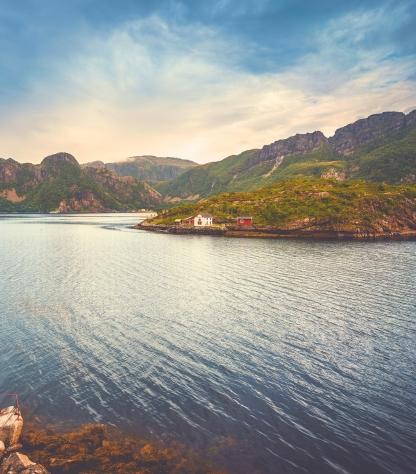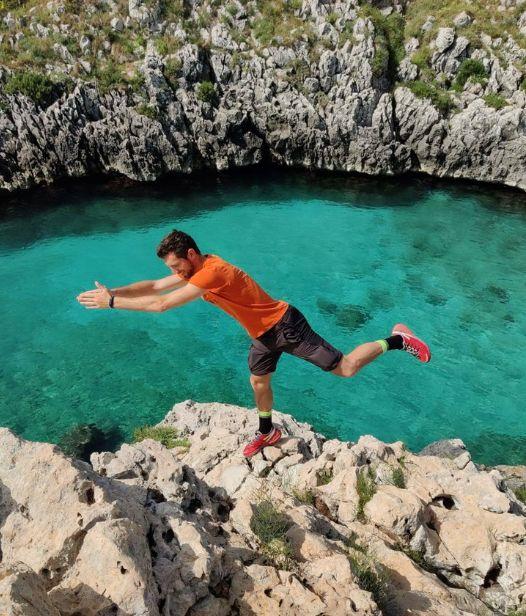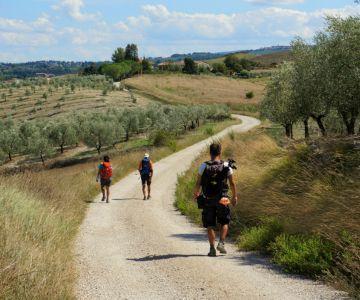How far will I walk each day during a hiking in Norway trip?
The inland route from Dovre covers 15–20 km per day on well-marked trails. The pace is relaxed, the elevation manageable, but the stages can be long.
The coastal route from Bergen is more flexible, with distances adjusted according to how much you wish to walk. If you need assistance, our team is here to help you select the perfect itinerary.
What kind of accommodation is included on a hiking in Norway holiday?
You’ll stay in rural guesthouses, farms, and small family-run inns, usually in private or semi-private rooms.
Breakfast is almost always included, and dinner is provided when no local dining options are available. Each trip page details the specific accommodation setup.
Are rest days or lighter options available during a hiking in Norway holiday?
Yes. The coastal route is highly customizable and can be tailored to your needs.
The Dovre route is more linear and less flexible, but slight modifications are possible, such as adding rest days or train segments to break up longer stages.
How do I get to and from the start and end points of a hiking in Norway trip?
Dovre: Easily reachable by train from Oslo via the direct Oslo–Trondheim railway line.
Bergen: Well connected to Italy via flights with one stop (typically via Oslo or Copenhagen), and accessible via Norway’s train and bus networks.
Trondheim: At the end of your journey, you can fly out from Trondheim’s international airport, connected to Italy via one-stop flights.
Selje: More remote, but reachable by bus or ferry with onward travel to Bergen or Ålesund, from where you can catch a flight home.
Full travel planning tips and detailed arrival instructions are available on each trip page.



















